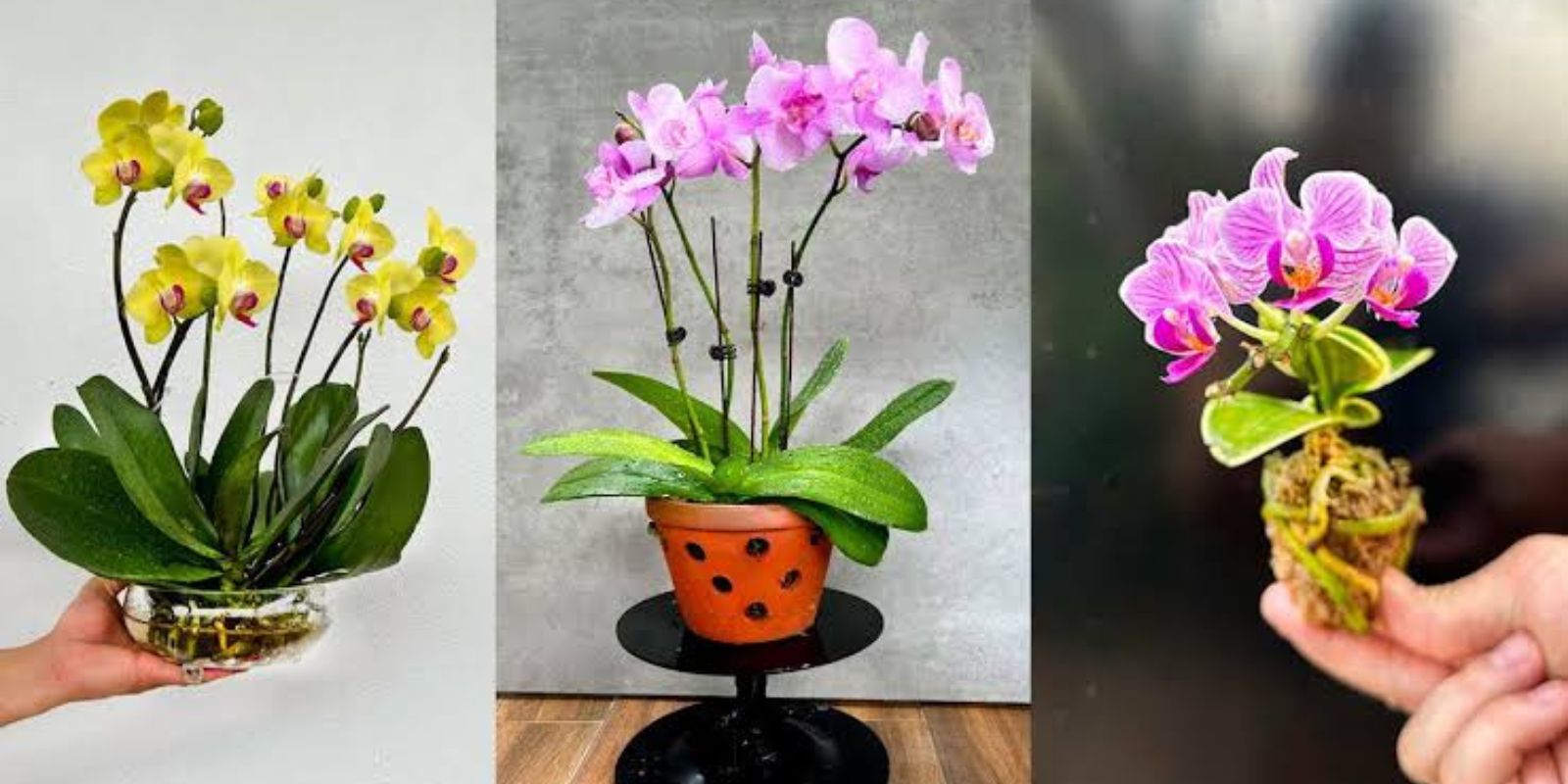Orchids are among the most captivating houseplants, celebrated for their exotic beauty and vibrant blooms. Yet, once those flowers fall, many orchid owners struggle to bring them back to their full glory. With a little knowledge and some proven techniques, you can unlock the secrets to getting your orchid to rebloom, turning frustration into floral triumph.
In this guide, we’ll cover the step-by-step process to help your orchid bloom again and explain the science behind these methods. By the end, you’ll be ready to showcase your thriving orchid and enjoy its gorgeous blooms repeatedly.
Understanding Your Orchid’s Life Cycle
To get your orchid to rebloom, it’s crucial to understand its natural growth cycle:
- Blooming Phase: The plant displays its beautiful flowers, which can last for several weeks to months.
- Resting Phase: After the flowers fall, the orchid enters a dormant period to replenish its energy for the next bloom cycle.
- Reblooming Phase: With proper care, the orchid will produce new flower spikes and buds, rewarding your patience.
The trick to getting your orchid to rebloom lies in optimizing its care during the resting phase. Here’s how to do it!
Step-by-Step Guide to Getting Your Orchid to Rebloom
1. Trim the Flower Spike Correctly
After your orchid’s flowers drop, the flower spike (the stem that held the blooms) needs attention.
- Inspect the Spike: If the spike is green and healthy, trim it just above the second or third node (a small bump on the stem). This encourages the plant to produce a secondary bloom on the same spike.
- Remove Dead Spikes: If the spike is brown or withered, cut it off at the base. This allows the orchid to focus its energy on producing a fresh spike.
2. Provide Proper Lighting
Orchids need bright, indirect light to thrive. Direct sunlight can scorch their leaves, while insufficient light prevents blooming.
- Place your orchid near an east-facing window where it can receive gentle morning sunlight.
- If natural light is limited, use a grow light to supplement. Aim for about 12–14 hours of light daily.
3. Create a Temperature Difference
Orchids need a slight temperature drop to stimulate blooming. This mimics their natural environment and signals the plant to start its flowering cycle.
- Daytime Temperature: Maintain 70–80°F (21–27°C).
- Nighttime Temperature: Lower the temperature by about 10°F (6°C) at night. You can achieve this by moving your orchid to a cooler spot or adjusting your home thermostat.
4. Water Sparingly
Overwatering is one of the most common mistakes orchid owners make, and it can hinder blooming.
- Water your orchid only when the potting medium feels dry to the touch. This is usually once every 7–10 days, depending on humidity and temperature.
- Use lukewarm, distilled, or rainwater to avoid mineral buildup, which can harm the plant.
5. Fertilize Regularly
Feeding your orchid with the right nutrients is key to encouraging reblooming.
- Use a balanced orchid fertilizer (such as 20-20-20) every 2–4 weeks during the resting phase.
- Dilute the fertilizer to half strength to prevent overfeeding, which can damage the roots.
6. Repot When Necessary
Orchids typically need repotting every 1–2 years to refresh their potting medium and provide space for healthy root growth.
- Choose a pot with good drainage, as orchids hate sitting in water.
- Use a specialized orchid mix, such as bark or sphagnum moss, to ensure proper aeration.
7. Be Patient
Orchids can take several weeks or months to rebloom, depending on the species and environmental conditions. During this time, consistency is key. Keep providing the right care, and you’ll soon be rewarded with beautiful flowers.
Troubleshooting Common Orchid Issues
If your orchid isn’t blooming despite your efforts, consider these potential problems:
- Insufficient Light: Orchids won’t bloom in low-light conditions. Check if the leaves are dark green (a sign of inadequate light) instead of light green.
- Overwatering: Yellowing leaves or mushy roots indicate overwatering. Adjust your watering schedule and ensure proper drainage.
- Nutrient Deficiency: If your orchid’s leaves are pale or it hasn’t produced a spike in over a year, it may need more frequent feeding.
Why Orchids Stop Blooming
Orchids naturally enter a resting phase after blooming, but improper care can extend this dormant period indefinitely. The most common reasons for stalled blooms include:
- Lack of light
- Incorrect temperature
- Overwatering or underwatering
- Stress from repotting or environmental changes
By addressing these factors, you can create an ideal environment for your orchid to thrive and bloom again.
Benefits of Encouraging Orchids to Rebloom
Reblooming orchids not only add beauty to your home but also provide a sense of accomplishment. Knowing you’ve nurtured your plant back to health and bloom is incredibly rewarding. Additionally:
- Orchids are long-lasting and sustainable, offering years of enjoyment with proper care.
- Their vibrant flowers brighten up any space, enhancing both your mood and décor.
- Reblooming orchids save money compared to buying new plants.
Orchid Bloom Care Tips
Once your orchid blooms again, extend the life of its flowers with these tips:
- Keep it in a stable environment, away from drafts and extreme temperatures.
- Avoid misting the flowers directly, as this can lead to spots and premature wilting.
- Water carefully to prevent water from pooling at the base of the flowers.
Conclusion
Getting your orchid to bloom again doesn’t have to be a daunting task. With the right care, a little patience, and a focus on its natural needs, you can enjoy beautiful blooms year after year. Trim the spike, adjust the light and temperature, water sparingly, and feed consistently to unlock the full potential of your orchid.
🌸 Have you successfully rebloomed your orchid? Share your tips and stories below, and let’s help more orchid enthusiasts thrive! 🌿

